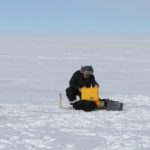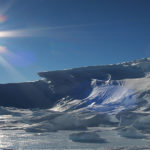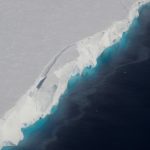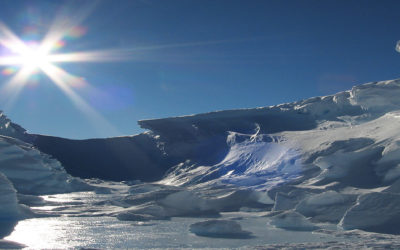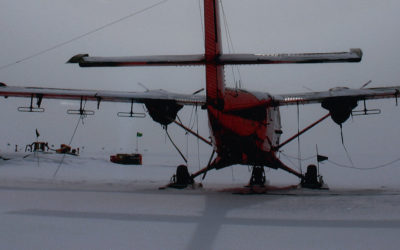Research teams use phase-sensitive radars for determining ice shelf basal melt rates. Data is used to enhance climate models.
The ApRES instruments yield time series of ice shelf thickness change at precisions of ~1 mm. Measurements taken over a 10-day period will generate information about derived melt rate of a few cm per annum or better. The is used improve the performance of ocean models.
ApRES phase-sensitive radar is a low-power, light-weight instrument developed in a collaboration between BAS and University College London. It is a 200-400 MHz FMCW radar, with a 1-second chirp, run by controller: housed within its characteristic yellow box the radar and a 100 AH battery is buried in a shallow hole. The radar’s transmit aerial and receive aerial are spaced 5 meters each side of the yellow box and are also buried. Each system will record for a nominal 12 months and has the ability to process and send, via satellite link, melt-rate data.
4 June, 2021
A study of two alternative methods for reconstructing ancient temperatures has given climate researchers a better understanding of how cold it was in Antarctica during the last Ice Age, around …
This joint UK-US research programme aims to improve the understanding of the processes affecting ice sheet stability to predict, with more certainty, the future impact of sea-level rise from Thwaites …
Understanding the contribution that polar ice sheets make to global sea-level rise is recognised internationally as urgent. The mission of this five-year project is to capture new observations and data …
MELT is an ice-based project that will use autonomous sensors to monitor the ice column and ocean beneath the ice shelf in the critical area of the grounding line (the …

